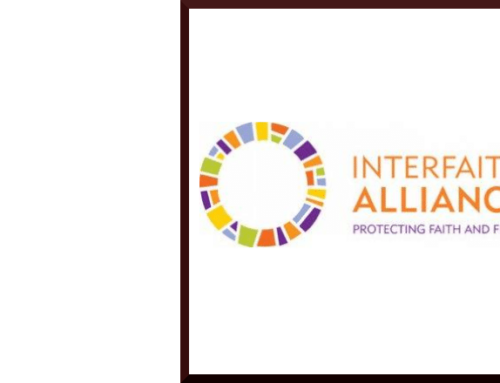Catholic League president Bill Donohue comments on an editorial in today’s New York Times on “zero tolerance” policies:
Looking back at the “zero tolerance” policy for school misconduct that the Congress adopted in 1994, the New York Times opines today that it was a “reasonable step” at the time. But it now says that this policy “has been disastrous for young people,” and cites many problems attendant to its implementation. The editorial makes sense.
Regrettably, the New York Times did not pronounce against the problems inherent in all “zero tolerance” policies. For example, on April 25, 2002, an editorial in the New York Times criticized the bishops for not making good on their “zero tolerance” proposal for dealing with cases of priestly sexual abuse. Referring to newly announced strictures, the Times said, “Unfortunately, these recommendations stopped short of a zero-tolerance policy for all abusive priests, an issue on which there appears to have been strenuous disagreement.”
The problem with all “zero tolerance” policies is twofold: their absolutist language and their universal application. By definition, they never allow for nuance, for mitigating circumstances, or shades of gray. Just as there is a difference between a student who knifes a classmate and one who bullies an overweight kid, there is a difference between a rapist and a fondler. But in the eyes of “zero tolerance,” all four offenders should at least be banished.
The New York Times should now write an editorial criticizing the adoption of all institutional “zero tolerance” policies. It should not matter whether the institution is educational, religious, financial, journalistic, etc. What should matter is the nature of the policy itself.






